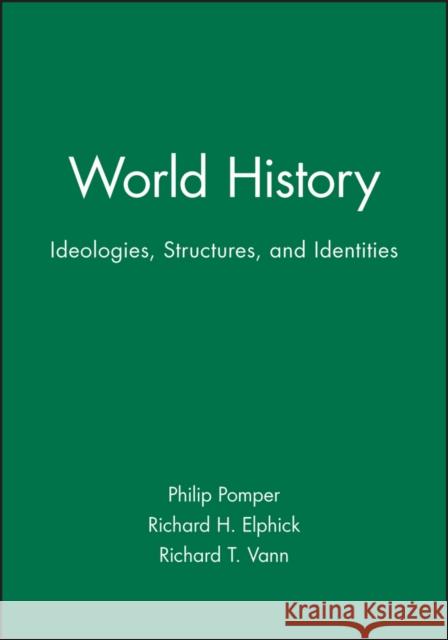World History » książka
topmenu
World History
ISBN-13: 9780631208990 / Angielski / Miękka / 1998 / 300 str.
World History
ISBN-13: 9780631208990 / Angielski / Miękka / 1998 / 300 str.
cena 197,95
(netto: 188,52 VAT: 5%)
Najniższa cena z 30 dni: 197,95
(netto: 188,52 VAT: 5%)
Najniższa cena z 30 dni: 197,95
Termin realizacji zamówienia:
ok. 30 dni roboczych

ok. 30 dni roboczych

Darmowa dostawa!
World history is currently one of the most exciting areas of discussion amongst historians.











